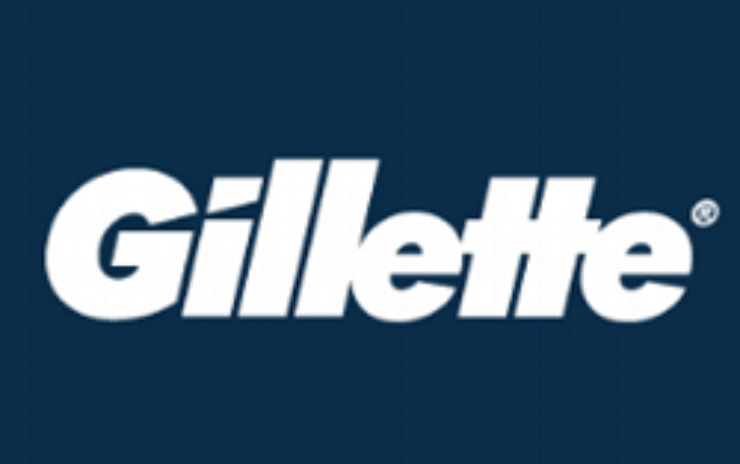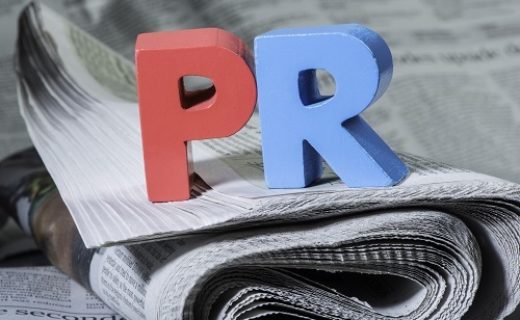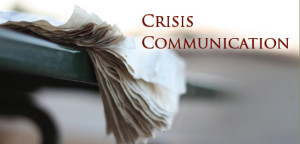Gillette launched a new commercial on its website and YouTube on Monday, which is in response to the Me Too movement. The ad urges men to hold each other accountable, set a higher standard for conduct then in the past, and step up if they see men acting inappropriately towards women. The commercial is called “We believe the best men can be” playing off of Gillette’s legendary tagline, “the best a man can get”. The ad has been viewed millions of times. It is generating strong responses with many saying they will never purchase a Gillette product again. Others have praised the company for taking a stand on a highly debated social topic. In making this ad, Gillette broke all of the conventions that say brands never take a stand on social or political issues (true Starbucks, Nike, Chick-fil-A, Hobby Lobby and a few others have been the exception to this rule) for fear of alienating consumers who oppose the position the brand is taking. Many are predicting Gillette will suffer with lost sales because of this commercial and other companies will use it as a cautionary tale of why not to take positions on major issues. They are wrong, the Gillette ad is the future for brands. In this highly polarized society, we will begin seeing brands take more active positions on politics and social issues.
Why will we see this trend?
- Today’s consumers expect brands to take stands on social and political issues. This is particularly true of millennials who give greater loyalty to brands with corporate social responsibility appeals. But it is also becoming true for all consumers. A recent survey showed 59% of American consumers will only purchase from a brand that shares their values and if the brand doesn’t they will shop elsewhere. This percentage is growing annually. Brands are paying attention to this trend. Taking a stand on social issues also allows a brand to stand out from its competitors among consumers.
- Social media is forcing brands to take a stand. Just look at the power that a tweet by Parkland survivor, David Hogg had with advertisers abandoning Laura Ingraham or the reaction by corporations such as SanDisk, Samsung, SodaStream, Pfizer Inc., IHOP, Nautilus Inc.’s Bowflex, Ancestry.com, NerdWallet, Indeed.com and Pacific Life Insurance after social media lit up to Tucker Carlson’s remarks on his show that immigration was responsible for making the United States dirtier. Deciding to advertise or not is taking a stand. But social media is no longer just content with companies pulling ads from shows. Social media influencers are demanding the brands come out and take a stand on a variety of issues from immigration, Me Too, Donald Trump, and other major political and social issues.
- Brands are realizing that America is divided and polarized as no time since the Civil War and the divisions are widening. As a result, with more sophisticated consumers and a more polarized culture brands can no longer avoid taking a stand. That means brands realize they must come down on one side or another in the great divide.
- Employees are demanding their companies take a stand on issues. Just as consumers select a brand based upon its values, employees are opting to join companies that share their values on issues. This is especially important in the current job market.
- Investors are demanding more social activism from brands. This trend is growing and brands realize to satisfy their shareholders and board of directors they must stand up and be counted on key social issues.
Gillette’s commercial whether you liked it or disliked it is the trend that all brands will be following. Brands can no longer stand on the sidelines on political and social issues. To do so will mean losing consumers. Look for more brands to follow Gillette with social issue commercials and stands throughout 2019.
David E. Johnson is the CEO of Strategic Vision PR Group, a public relations and public affairs agency. Additional information on him and company may be obtained at www.strategicvisionpr.com.






